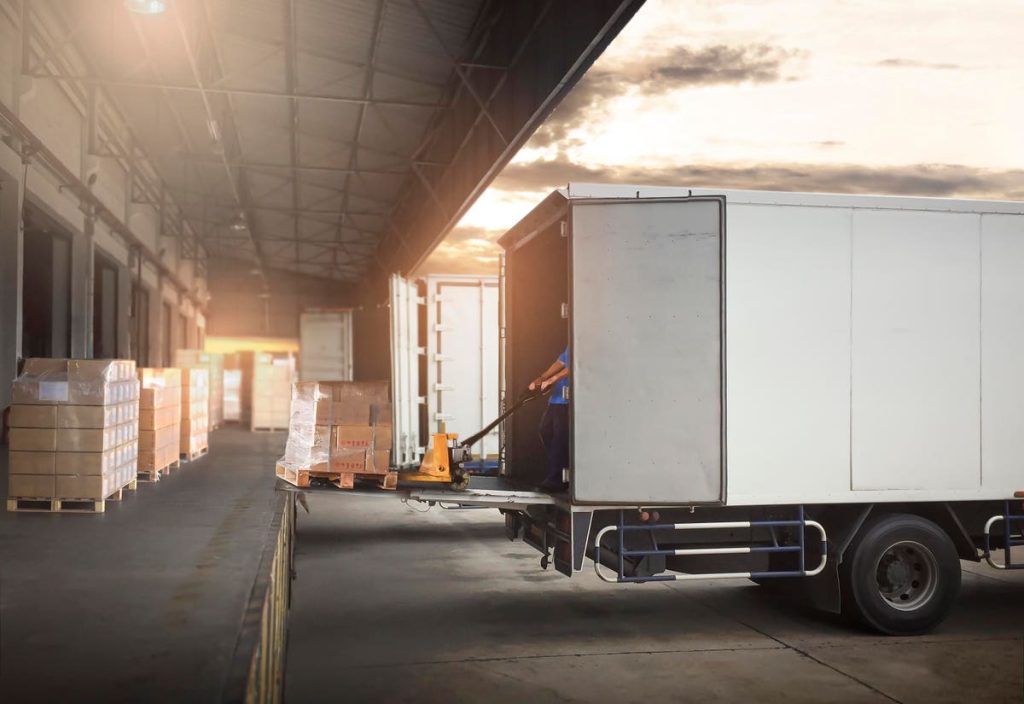Joe Monaghan, CEO of Worldwide Logistics Group.
The tests came fast and furious in March 2020, and many supply chains failed because they couldn’t adapt. Covid-19’s disruptions taught a lesson many companies are still implementing: It’s hard to be resilient if you’re at the mercy of only one supplier.
Many companies are future-proofing by nearshoring to spread that risk and diversify product sourcing so natural disasters, geopolitical strife and labor strikes don’t have to upend operations. Across the Atlantic Ocean, Eastern Europe is a case study of how nearshoring works when done well.
Eastern Europe offers lower labor, transportation and energy costs than Western Europe, and those countries can leverage significant opportunities, increase their market share and expand exports to Western Europe by aligning their supply chains and manufacturing processes. Poland, in particular, boasts a well-developed transportation and logistics infrastructure, extensive road network, efficient rail connections, modern ports and lower-than-average fuel prices.
While the landscape may look different in Europe than in America, the principle remains the same—nearshoring can positively affect supply chains and create a more resilient ecosystem for business.
Having seen first-hand the success of nearshoring amid uncertainty, let’s take a closer look at what makes this scenario work.
Identifying The Territory
Eastern Europe’s supply chain is a vibrant and diverse ecosystem that spans various sectors and regulatory environments. Automotive, electronics, machinery, chemicals, textiles, food and beverage, logistics and e-commerce industries all thrive in Eastern Europe, where countries have been actively investing in improving their infrastructure, including roads, railways, ports and airports. These enhancements bolster connectivity and make the region more competitive.
I’m seeing investments also being made to expand deep-water Baltic ports to increase the volume of sea container shipments. This development will offer logistics providers improved access to international trade routes and enable the handling of larger vessels.
Eastern Europe is at the crossroads of Europe, Asia and the Middle East. This geographical advantage positions the region as a natural gateway for trade between these regions, making it an attractive location for logistics and distribution centers.
European Union membership shapes the region’s regulatory landscape (Belarus, Ukraine, Russia and the U.K. are not members) to create a conducive environment for trade. In my opinion, the region is poised for continued growth with its diverse sectors, competitive advantages and resilient nature.
Why It Works
Nearshoring in Eastern Europe was already on the rise because of its location. The Financial Times reports businesses acquired or leased 29% (paywall) more industrial space in Europe last year than in 2021.
Poland serves as a logistical gateway for the region, and its neighbors serve as effective sourcing options, making Eastern Europe’s nearshoring efforts advantageous for all the countries in the region. Nearshoring aligns regional supply chains and enables efficient and effective business operations for both established and emerging businesses in Eastern Europe.
In the short term, a nearshoring strategy can reduce transportation costs and lead times as the distance and complexities of supply chains shrink. In my experience, nearshoring can also increase supply chains’ responsiveness and flexibility as customer demand and markets change. Another short-term impact of nearshoring is improved risk management since supply chains face less disruption from external factors.
I believe Eastern Europe’s nearshoring has long-term impacts, too, like higher competitiveness and profitability, as the supply chain can achieve higher efficiency, quality and innovation levels. It can also reduce risk related to increasing tensions along the Southeast Pacific trade routes (China, Taiwan, Philippines and Australia are all island nations in that region). Nearshoring can potentially increase customer loyalty and satisfaction because supply chains can deliver better products and services that exceed customer expectations when they have regional options. Social and environmental sustainability can also improve by nearshoring, as supply chains reduce their carbon footprint, energy consumption and waste by traveling shorter distances.
How It Can Work Here
Even though freight costs have decreased from their pandemic highs, the United States faces supply chain challenges. In many cases, nearshoring can minimize them. Transportation isn’t the only cost involved with supply chains. Global partners’ tariffs, like China, are in flux due to regulatory activity, but neighboring Mexico offers stability to the U.S. and shorter routes.
Then there’s simply the ability to scale operations based on activity—e-commerce used to be defined by holiday shopping. There are now holidays just for e-commerce shopping, like Amazon’s Prime Days and their competitors, but activity has persisted year-round. According to the Council of Supply Chain Management Professionals, e-commerce rose 8% year-over-year in 2022 to $1.03 trillion. Nearshoring could alleviate some of the stress supply chains feel amid unrelenting activity.
If the U.S. adopted nearshoring as Eastern Europe has, it could increase resilience in facing some of the emerging post-pandemic challenges. Nearshoring could reduce costs, simplify supply chains, and benefit regional economies.
Forbes Business Council is the foremost growth and networking organization for business owners and leaders. Do I qualify?
Read the full article here









